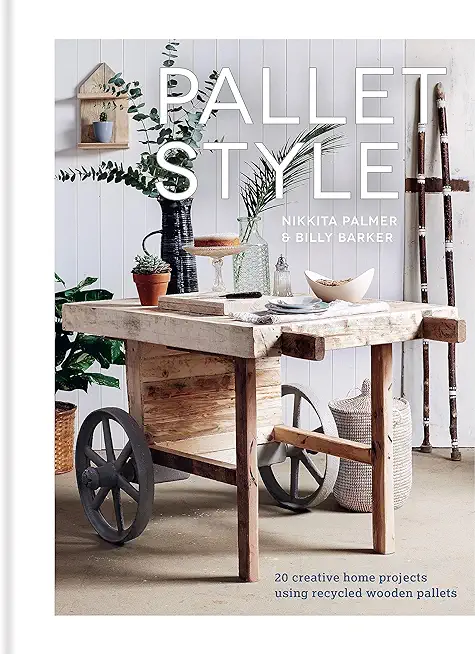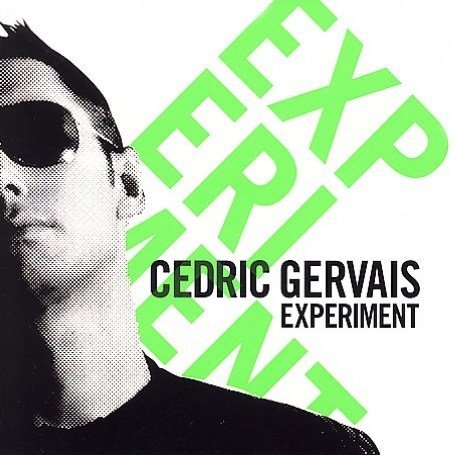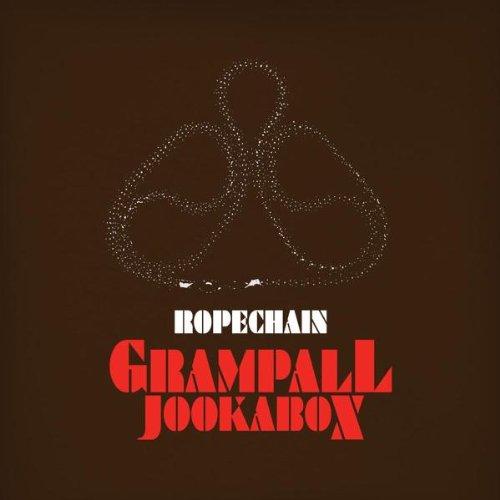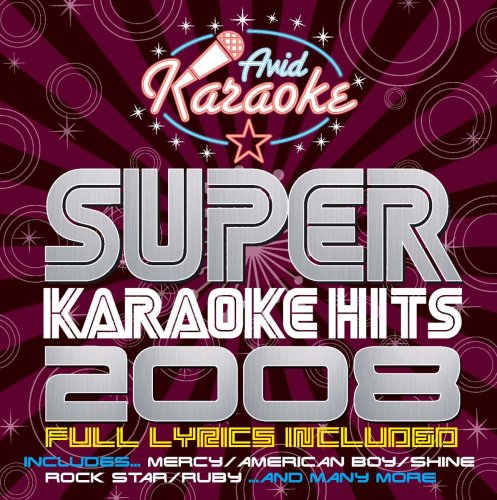
description
3The Modern Language Association, the authority on research and writing, takes a fresh look at documenting sources in the eighth edition of the MLA Handbook, the official guide to MLA format. Works are published today in a dizzying variety of ways: a novel, for example, may be read in print, online, or as an e-book--or perhaps listened to as an audiobook. Writers of research papers routinely need to know how to cite works on Web sites, videos on platforms like YouTube, interviews and other works created by multiple authors, journal articles contained in databases, online images, posts on social media sites, song lyrics, and more. Instead of providing separate instructions for each format, the MLA's unique, innovative approach recommends one set of guidelines that writers can apply to any type of source. This groundbreaking edition of the MLA's best-selling handbook is short and designed for easy use. It guides writers through the principles behind evaluating sources for their research and thus focuses on the key skills of information and digital literacy. It then shows writers how to cite sources in their writing, offering detailed guidance on in-text citations, quoting and paraphrasing, avoiding plagiarism, and more. Intended for students, teachers, librarians, and advanced scholars, the handbook is an indispensable resource in composition, communication, literature, language arts, film, media studies, digital humanities, and related fields.
member goods
No member items were found under this heading.
Return Policy
All sales are final
Shipping
No special shipping considerations available.
Shipping fees determined at checkout.







